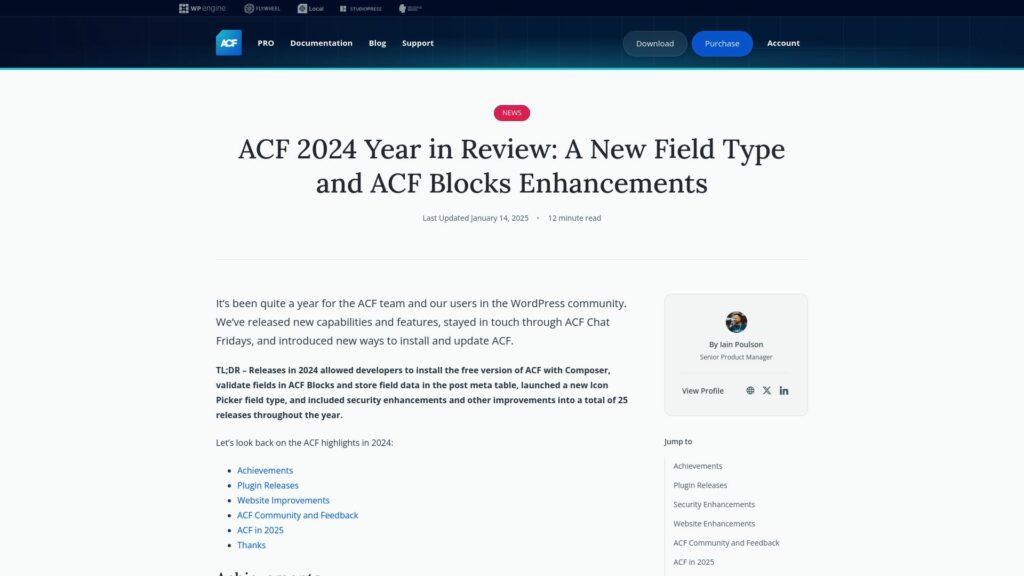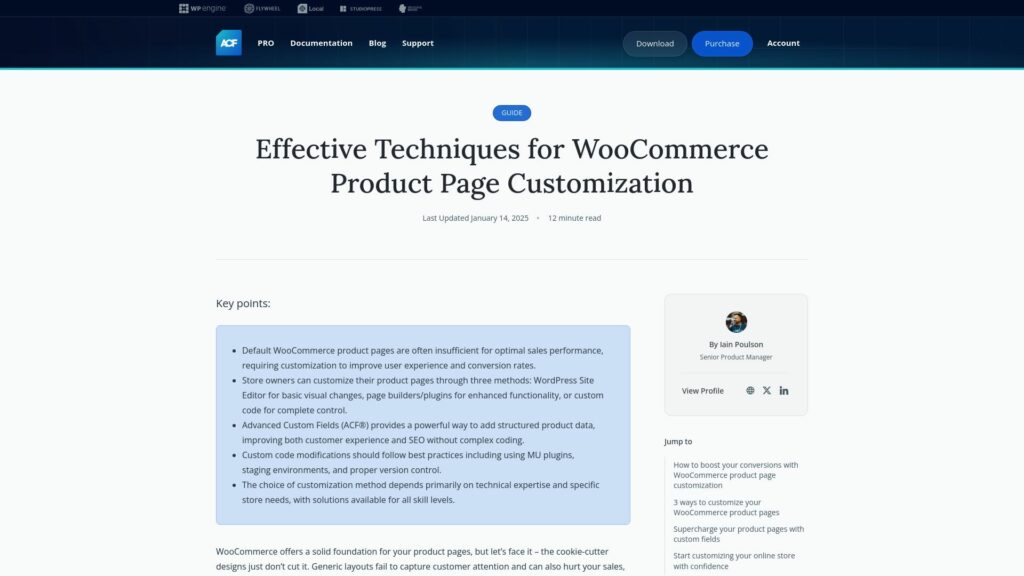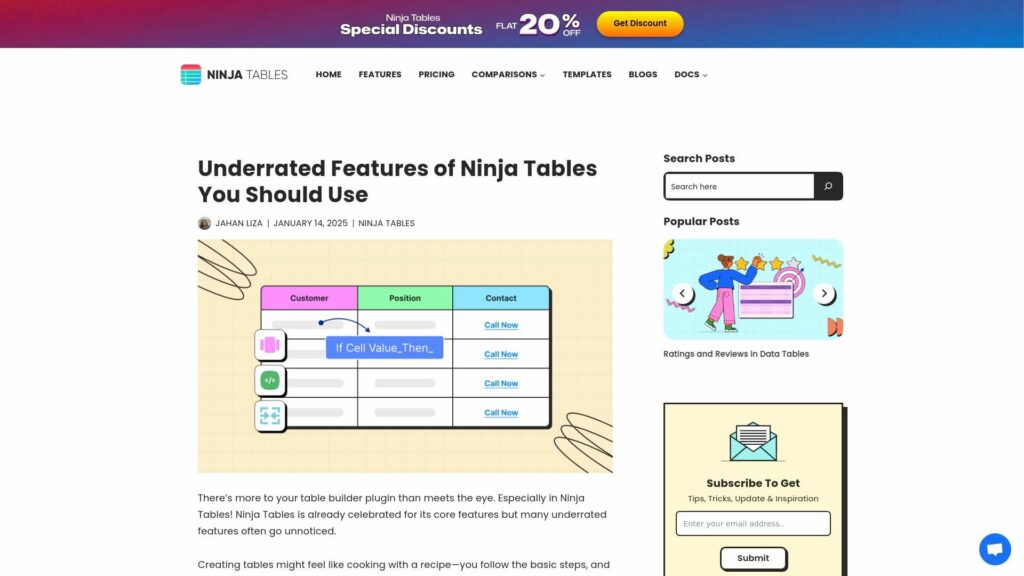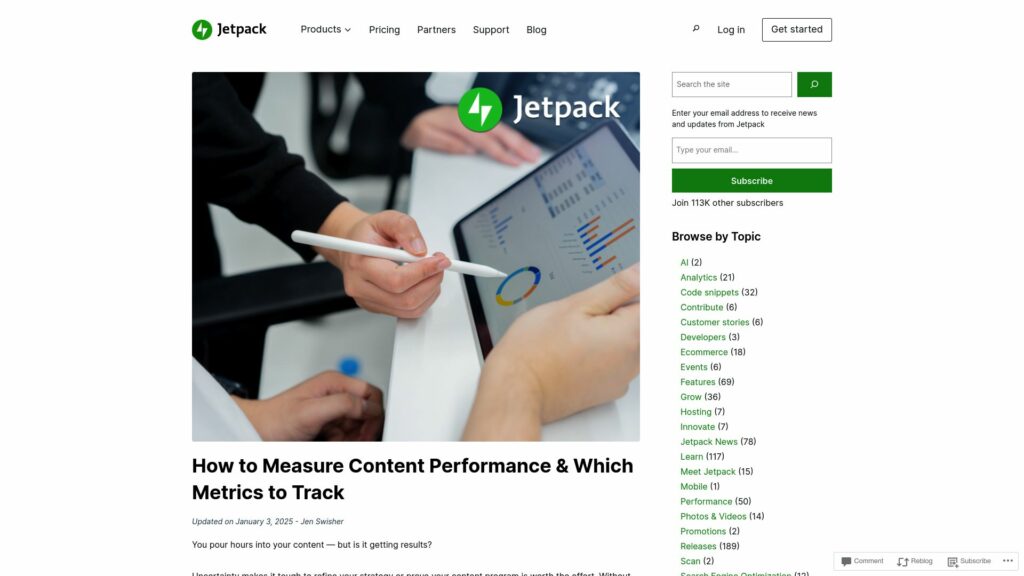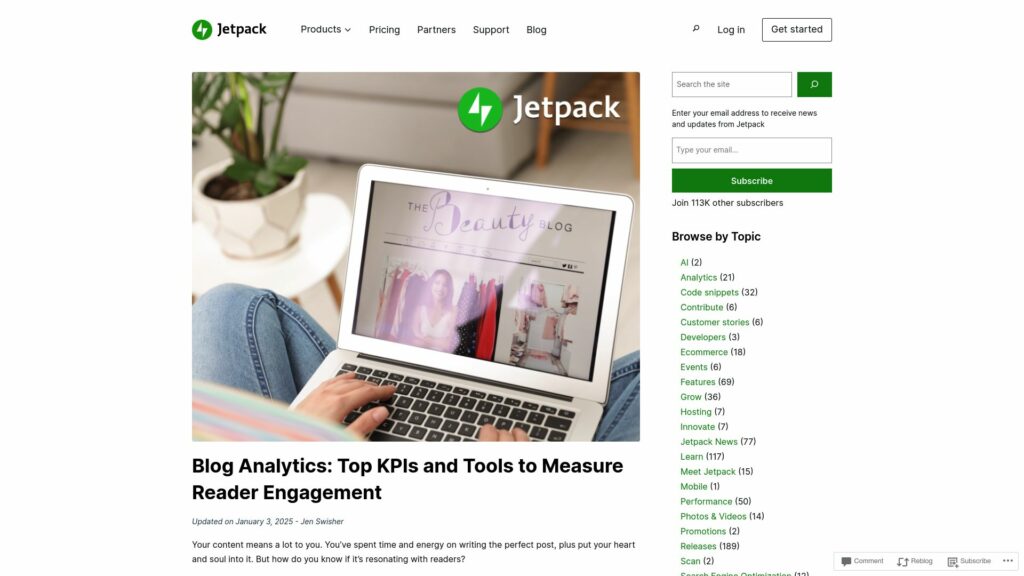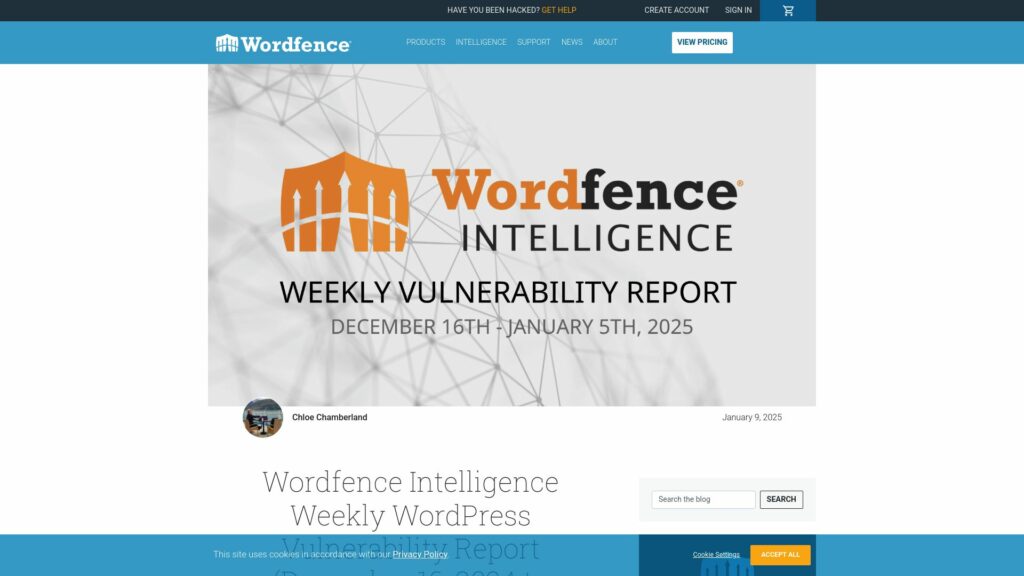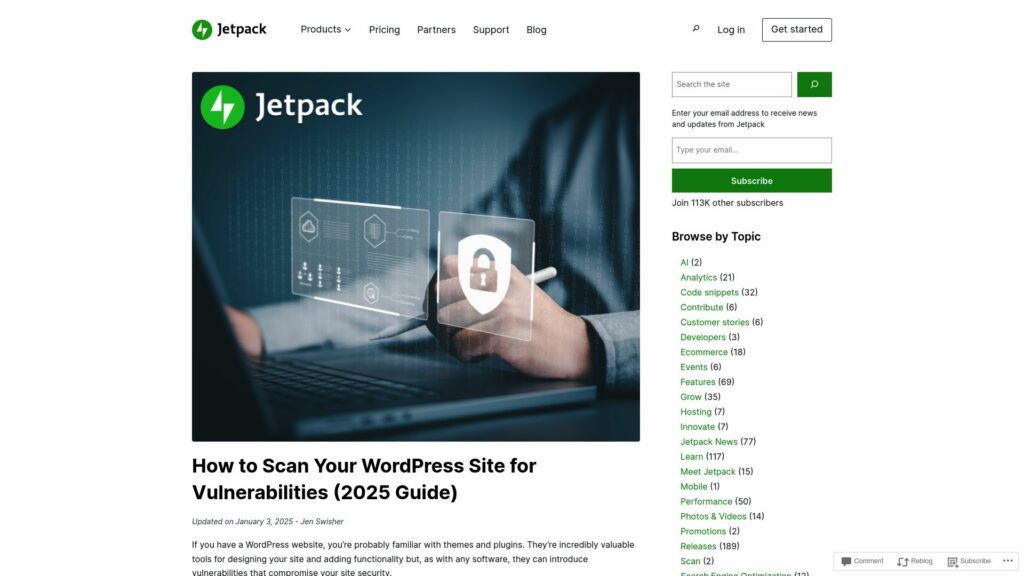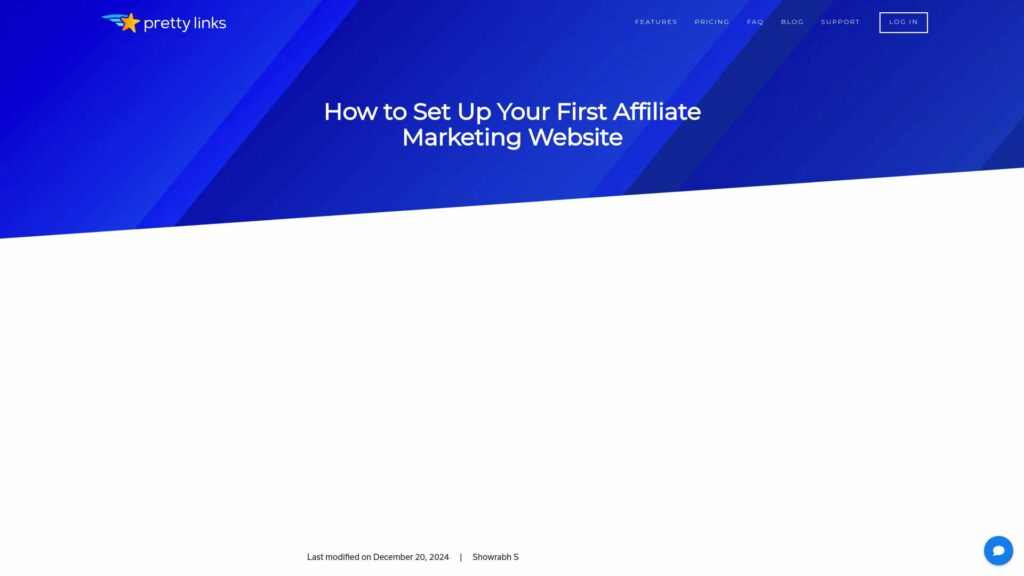How to Monetize Your Beauty Blog (5 Highest Paying Beauty Affiliate Programs)
Explore top-paying beauty affiliate programs for bloggers. Sharing insights connects passionate communities. Identify suitable programs to enhance affiliate success. The beauty niche is profitable, fostering trust through recommendations and immersive social media content. Key programs include Estée Lauder (10% commission), Sephora (8%), e.l.f. (12%), Lancôme (5%), and Ulta (2%). Use Pretty Links for efficient link management, SEO optimization, and tracking performance. Transform your beauty blog into a thriving business by partnering with reputable brands and utilizing tools for enhanced monetization.

